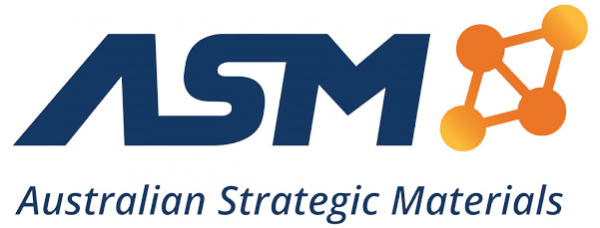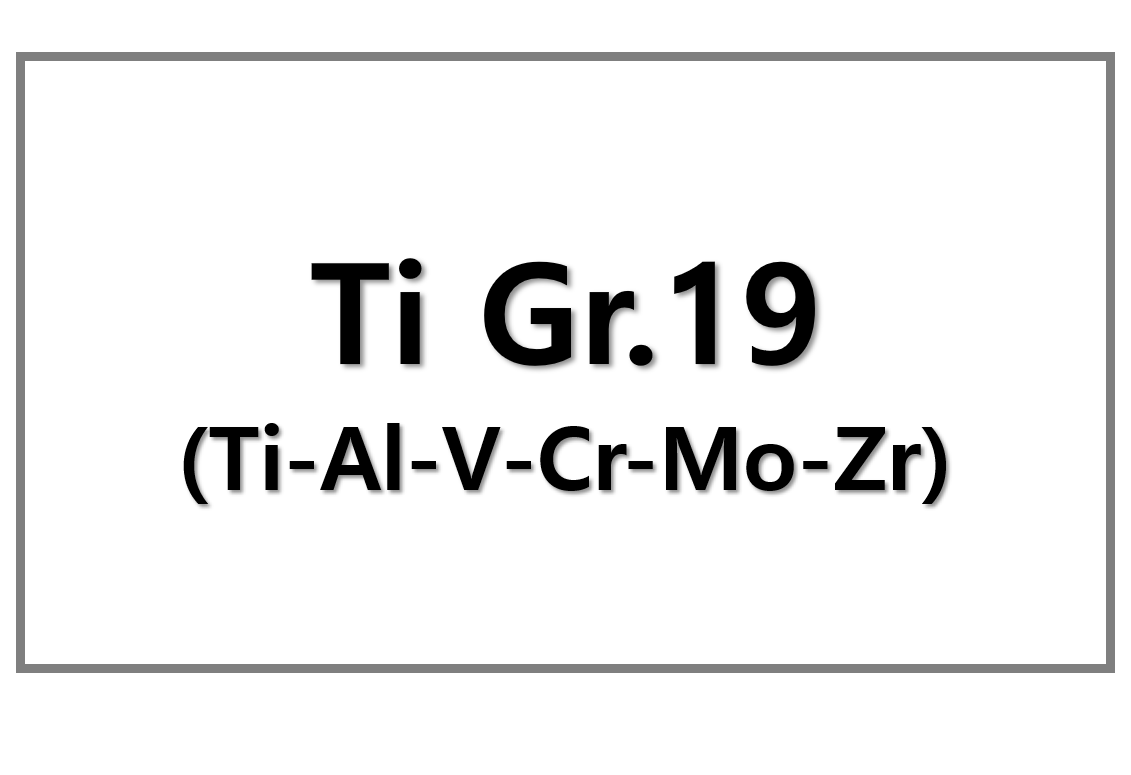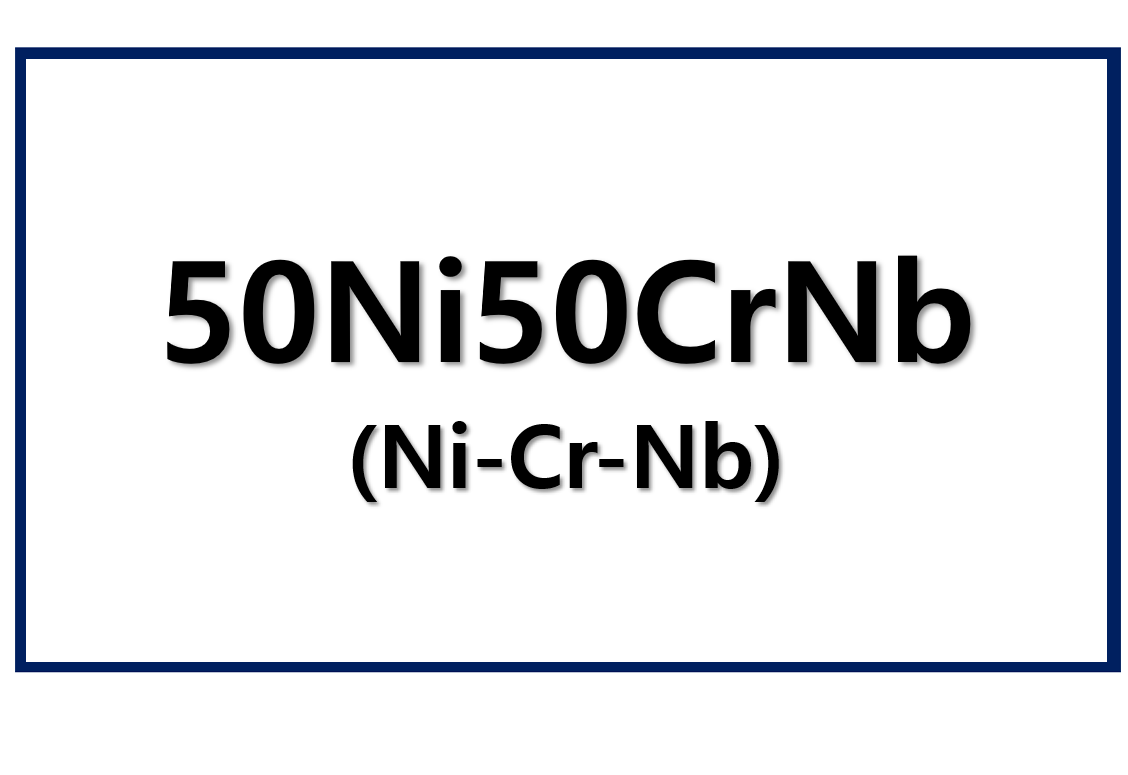
US Tariffs Impact Nickel Market, Prices Drop Significantly
Nickel prices on the London Metal Exchange (LME) have fallen to their lowest levels since October 2020. This decline follows the introduction of the US “liberation day” tariffs, which were more substantial than expected. These tariffs, announced on April 2, triggered a wave of uncertainty, causing a sharp drop across base metals markets. As fears of a global recession mounted, traders responded by selling off stocks, exacerbating the downturn.
The US government implemented a 10% tariff on all trading partners starting April 5. Countries with significant trade deficits with the US face even higher tariffs, set to go into effect on April 9. This uncertainty over the tariffs, combined with their potential broader impact, has caused confusion and panic selling in the market.
Nickel Prices Plunge as Market Struggles to Adapt
Nickel prices were initially impacted by the tariff news, with a modest 1% drop. However, the situation worsened, and by April 5, prices plummeted by 4.9%, reaching $14,550 per ton. China’s retaliatory tariffs of 34% on US exports have further strained the market. Nickel prices have now hit their lowest point since October 2020, leaving producers in a tough position. Reports indicate that over 75% of refined nickel production is currently operating at a loss, given the prevailing prices.
Class 1 nickel production in Indonesia, a key supplier, is also being affected, with costs exceeding $15,000 per ton, far above current market prices. These conditions signal that the nickel market is facing an unsustainable period for many producers.
Tariff Confusion Adds to Nickel Sell-Off Pressure
The volatility in the nickel market worsened due to confusion surrounding the tariff application. Traders were unsure whether LME-grade nickel would be exempt from the tariffs. While the 10% tariff does not apply to certain nickel products like those under HS Code 7508, the exemption does not extend to HS Code 7502, which covers “unwrought nickel” for LME-deliverable class 1 nickel. This discrepancy has contributed to further market uncertainty.
Some traders have taken proactive steps, moving nickel shipments out of the US to avoid the confusion. Large European trading groups are rerouting cargoes to Rotterdam in the UK. Meanwhile, nickel imports from Canada remain unaffected by tariffs, thanks to the US-Mexico-Canada Agreement (USMCA), though the future of this arrangement is uncertain due to upcoming tariff changes.
Nickel Market Faces an Uncertain Future
As the nickel market navigates tariff confusion and growing recession fears, the outlook remains unclear. The introduction of new tariffs and their broader impact on the global nickel supply chain adds to the uncertainty. With major economies facing slowdowns, producers and traders must prepare for continued volatility in the nickel market.











Leave a Reply
You must be logged in to post a comment.